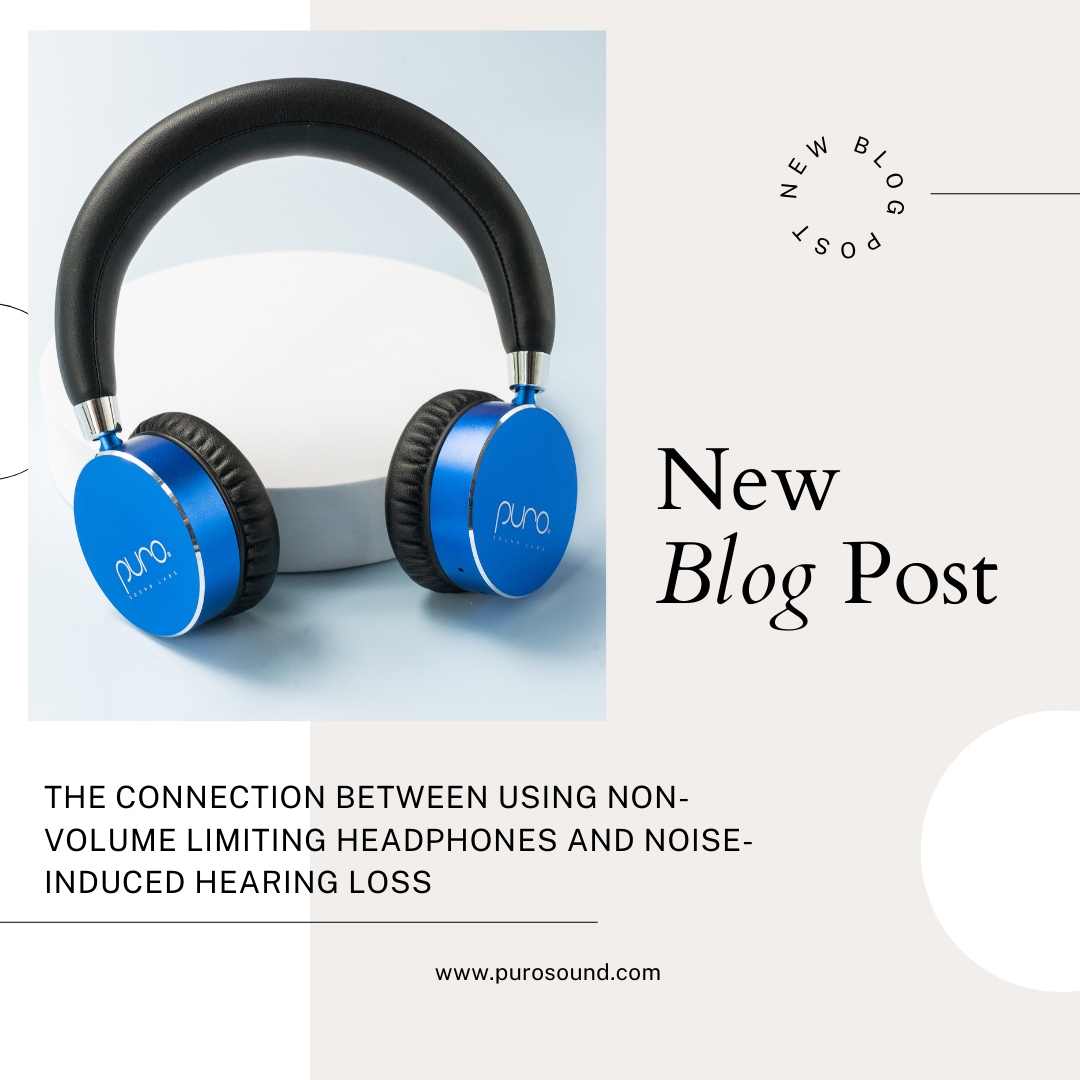The connection between using non-volume limiting headphones and noise-induced hearing loss

Noise-induced hearing loss is a common problem among people of all ages, particularly those who frequently listen to loud music or work in noisy environments. According to the World Health Organization (WHO), around 1.1 billion young people worldwide are at risk of hearing loss due to unsafe listening practices, such as using non-volume limiting headphones.
Non-volume limiting headphones can be particularly harmful to the ears, as they allow users to turn up the volume to dangerous levels without any protection. These headphones often come with warnings about the risk of hearing loss, but many people ignore them and continue to listen to music at high volumes. This can lead to irreversible damage to the inner ear, resulting in hearing loss, tinnitus, or other related problems.
To combat this issue, many manufacturers have developed volume limiting headphones. These headphones restrict the maximum volume that users can listen to, making it impossible to turn up the volume to dangerous levels. This is achieved through various methods, such as software-based volume limiting or physical volume limiters built into the headphones.
The benefits of volume limiting headphones are clear. By restricting the maximum volume, users are protected from the harmful effects of loud music, and the risk of noise-induced hearing loss is significantly reduced. In addition, volume limiting headphones can be particularly useful for children and teenagers who are more likely to engage in unsafe listening practices and may not be aware of the risks of loud music.
While volume limiting headphones are an important tool in the fight against noise-induced hearing loss, they are not a complete solution. It is still essential to be aware of safe listening practices, such as taking breaks from listening to music, avoiding noisy environments, and keeping the volume at a reasonable level. In addition, it is crucial to recognize the signs of hearing loss and seek medical attention if necessary.
In conclusion, the use of non-volume limiting headphones is a significant risk factor for noise-induced hearing loss. The development of volume limiting headphones is a welcome innovation, providing users with a safe and effective way to listen to music without risking their hearing. However, it is essential to remember that safe listening practices and regular hearing checkups are crucial in maintaining healthy hearing for years to come.

